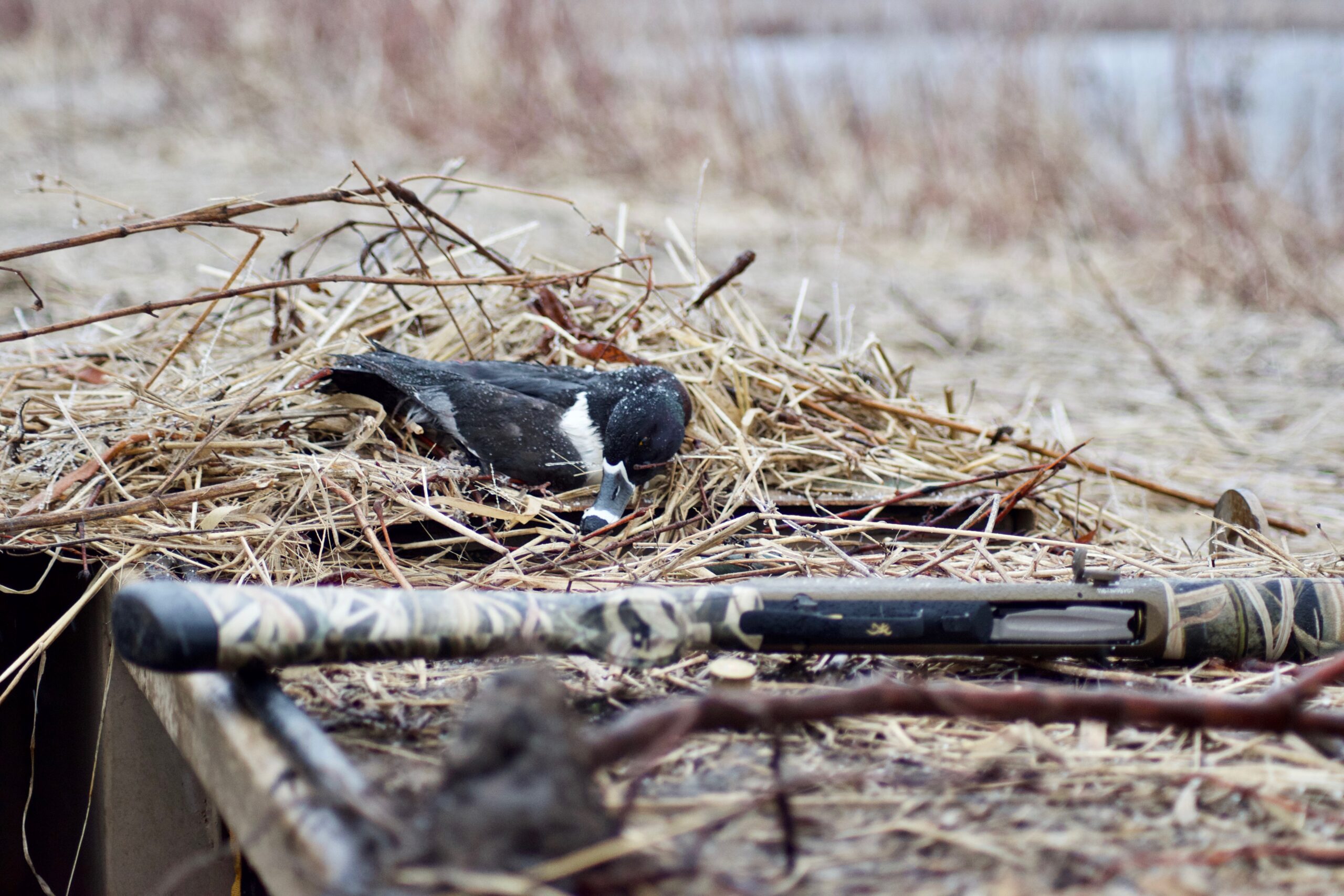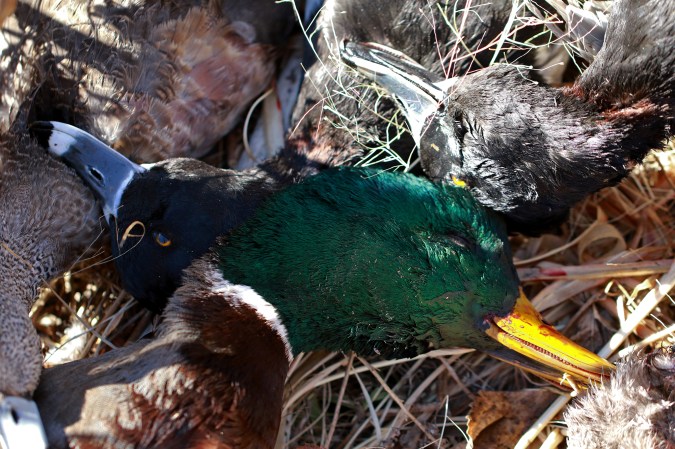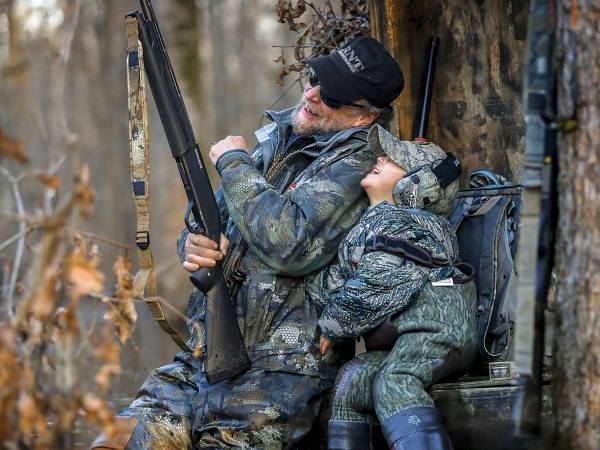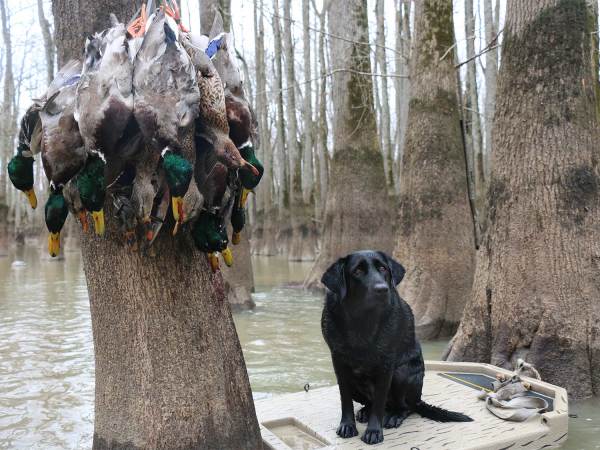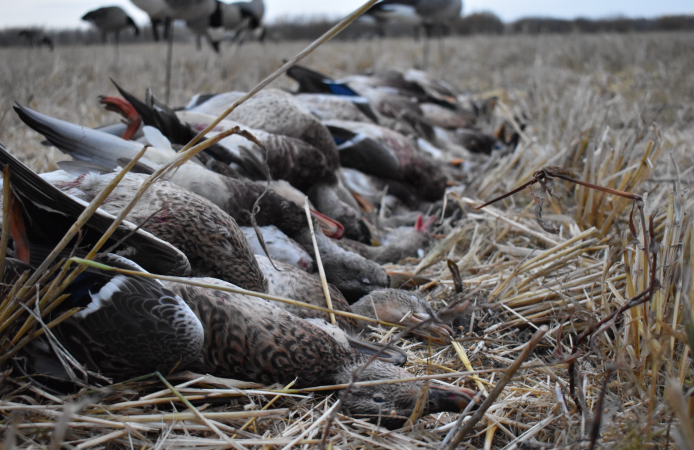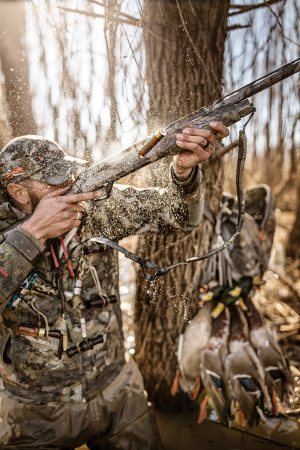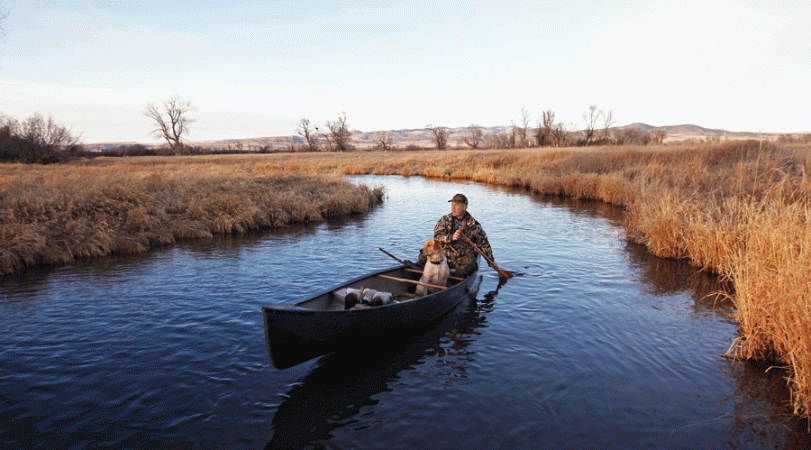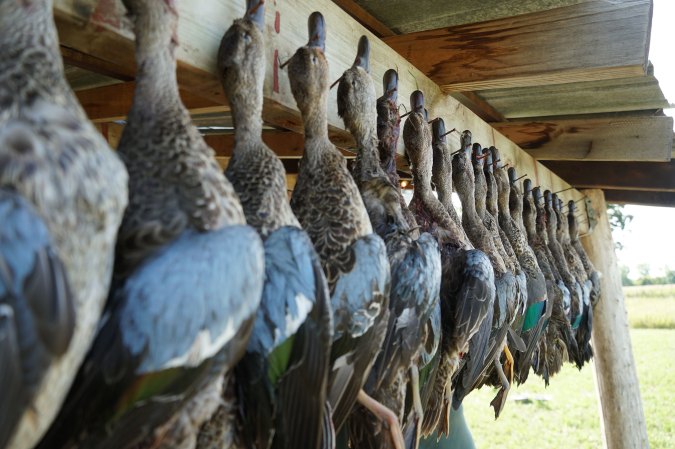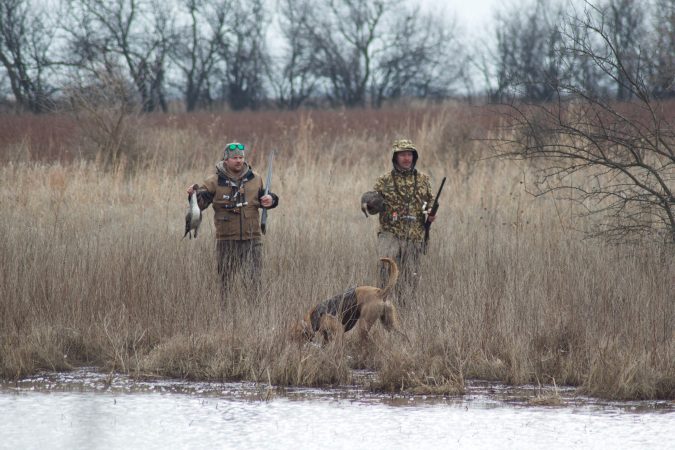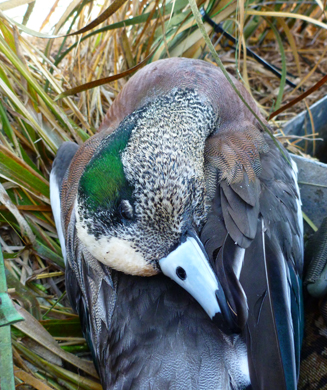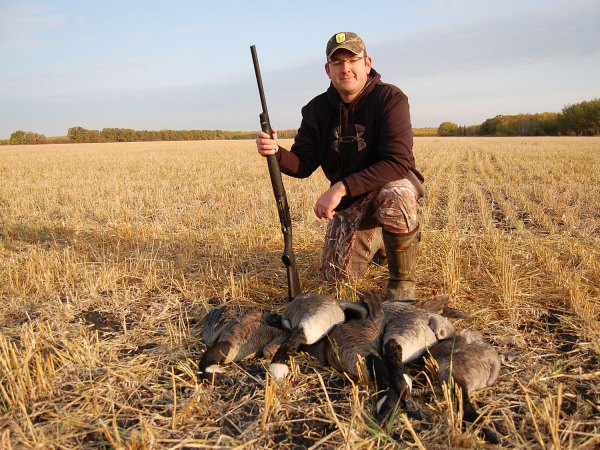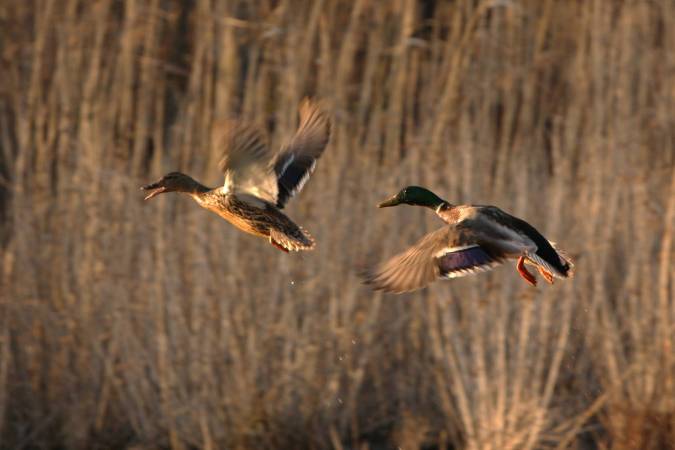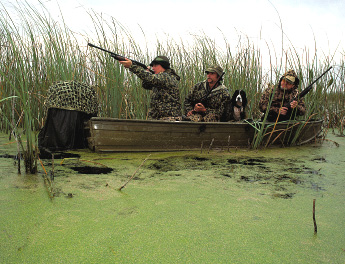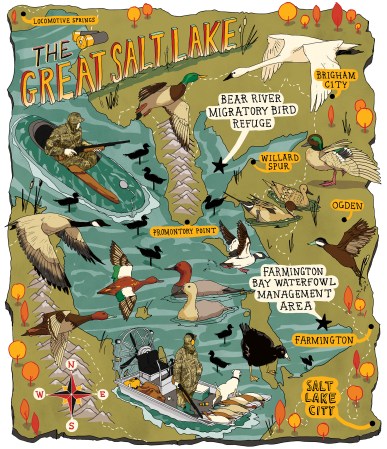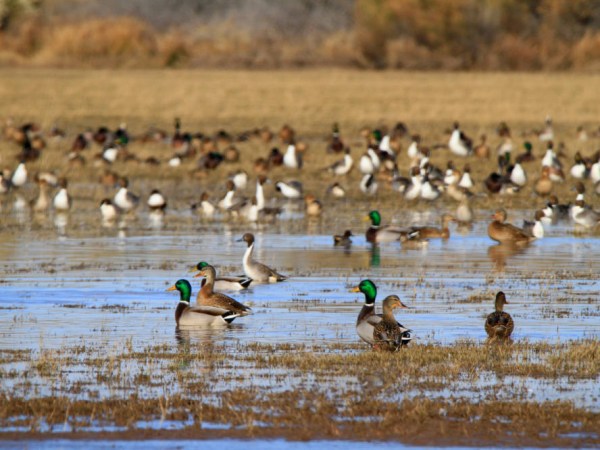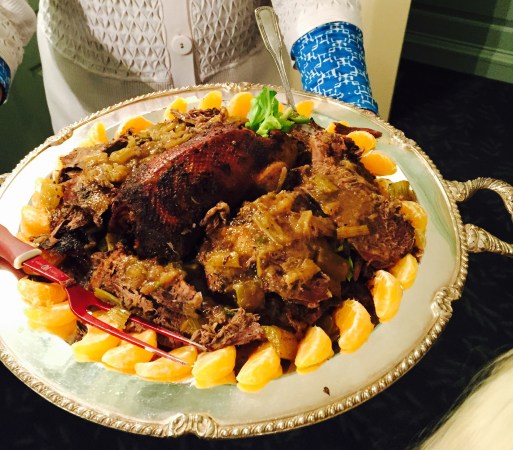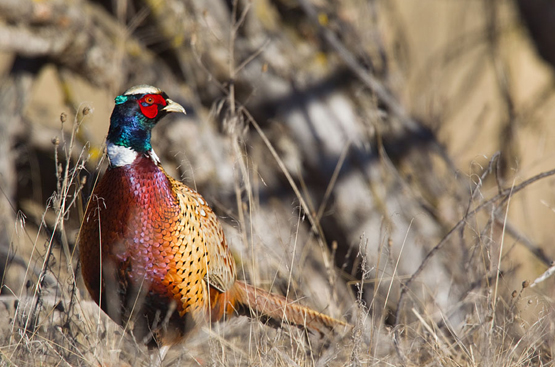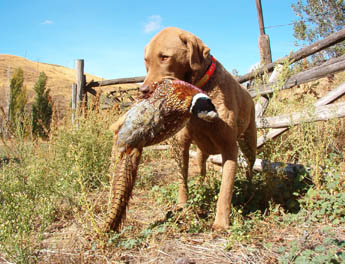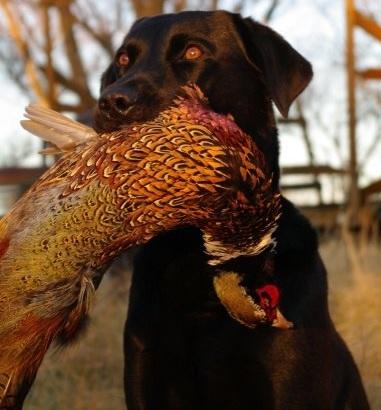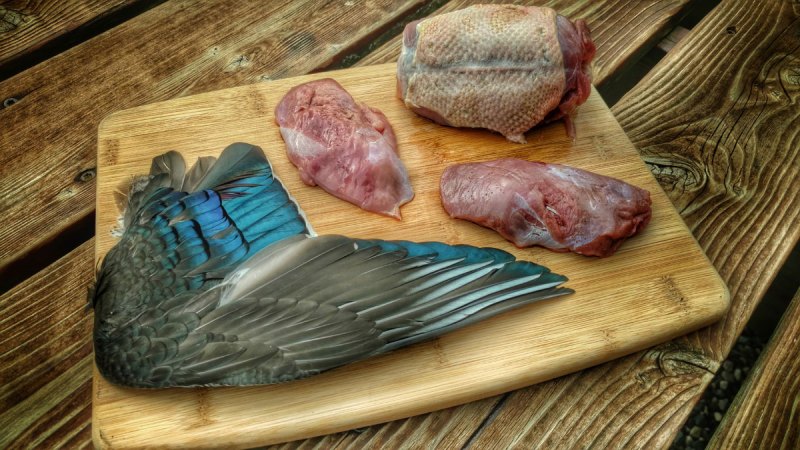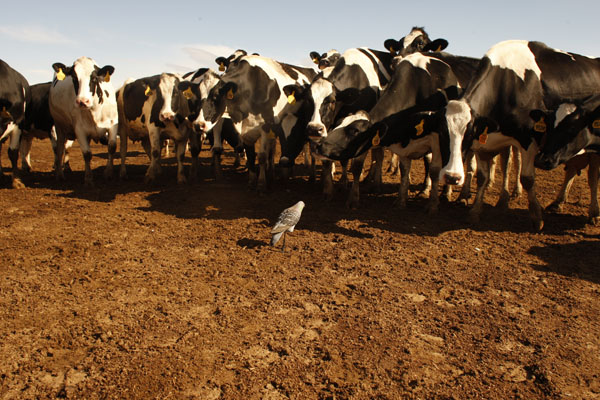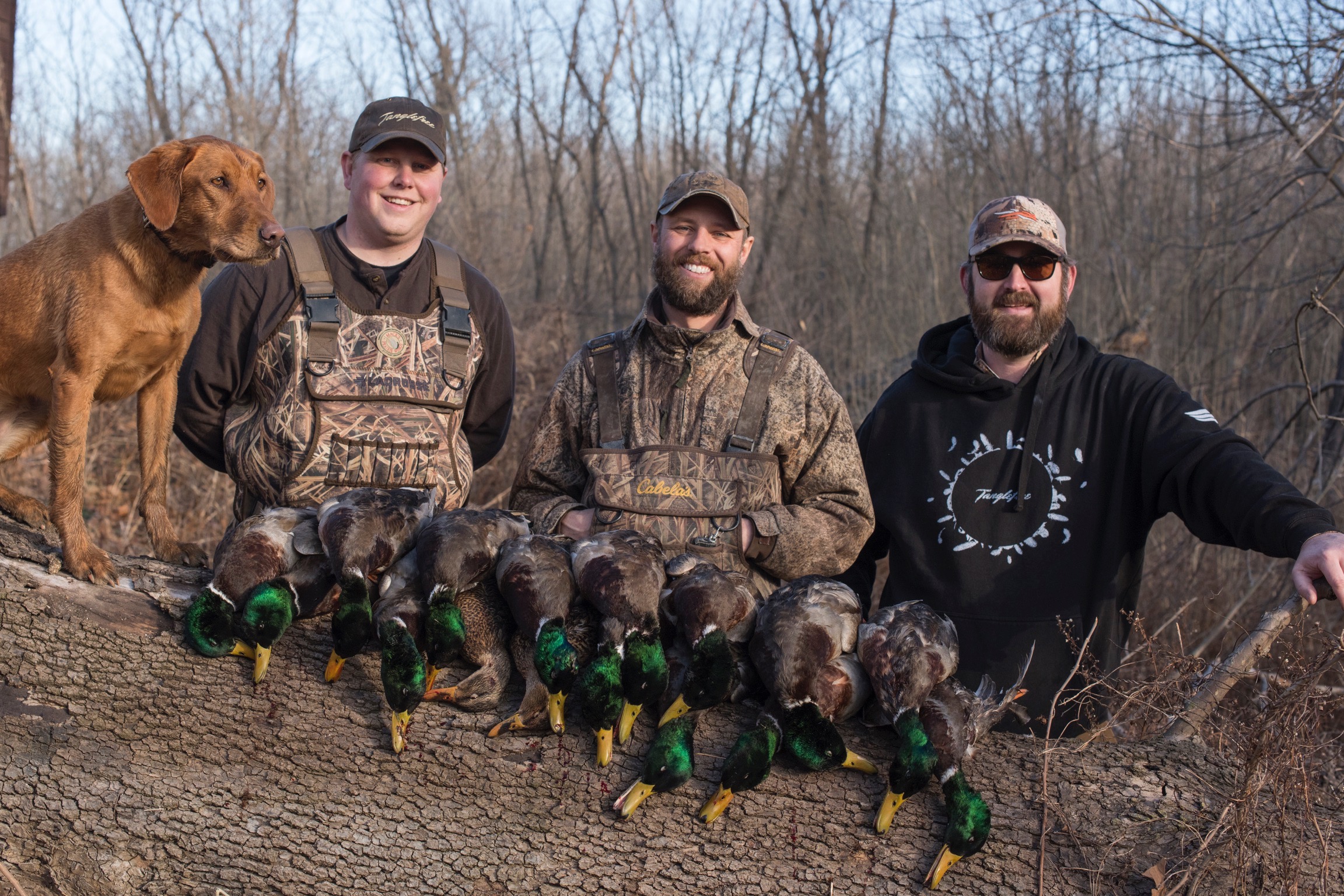
More than any other group of hunters, waterfowlers wear the number of days they hunt each season like a badge of honor.
“I hunted every day of duck season last year.”
I hear that phrase proudly uttered each summer at the public blind draw, in duck camps during the fall, and from almost every ol’ southern boy I’ve ever shared a sundowner with.
One fella with the “illness” put it to me like this: “Think if your wife only had 60 days to shop at Macy’s. She’d be in the sumbitch every morning.”
As enlightening as that exchange was, it’s the absolute wrong way to approach duck hunting. Why? Because ducks hate pressure.
There are no comprehensive studies that can track how pressure affects waterfowl. The reason is it’s very difficult to accomplish, because researchers need to know precise hunter and duck densities in a specific area at a specific time to properly record the data.
“There are a few different biologists studying hunting pressure right now,” said Richard Foley, a Texas waterfowl manager with a Master’s degree in waterfowl ecology. “There isn’t much out there on how hunting pressure impacts waterfowl yet. We are planning to do our own smaller study down here on private property.”
But if you are a seasoned duck hunter, you know, that in some years there are fewer migration days, fewer weather fronts, and fewer mornings to kill greenheads in the sunshine. In those lean years, you have to manage your ducks more intensively and hunt them less. I would argue that each season you should try to only hunt ducks on the days you have the best chances to kill them, unless you hunt in an area that doesn’t see much hunter traffic. Hunting on an overcast, windless 60-degree morning only educates ducks.
“You definitely have to be more gentle with your ducks when they are stale,” said John Devney, senior vice president at Delta Waterfowl. “Many hunters will continue to hunt the same ducks the same way, but there’s less access and opportunity than there was 30 years ago, so you need to be creative.”
Most experienced duck hunters and waterfowl biologists understand that good habitat is what holds ducks and weather is what sends them south (some ducks are also calendar migrators—they fly south in the same windows of time each fall). When I was a kid, my dad and I hunted the Illinois River Valley, and we counted on multiple pushes of new ducks every season. A north wind would blow, a cold snap came with it, and so did the birds. But it’s not like that anymore in most seasons—the weather patterns have shifted and so has the migration. We typically only see one or two pushes of new birds a year. Several historical waterfowl locales have a similar issue, which is why pressure management is so key in those places. With a few exceptions, you can’t sit in the same blind day after day and have success anymore. Ducks aren’t that dumb.
There are those who think that since we have fewer duck hunters these days, that pressure should not be an issue. Yes, we have fewer duck hunters in 2021 compared to 1970 when there were 2.03 million, but the densities of those hunters is higher because there are fewer places left to hunt ducks than there were 50 years ago. Also, the actual number of folks hunting is up for debate. In its annual duck harvest report, the USFWS estimated there were 869,700 active duck hunters in the 2015-16 season, but 1.5 million duck stamps were sold that year. That’s a pretty wide gap.
One thing I do know is that duck hunters are being squeezed into fewer and fewer places. Most of us have to hunt on top of one another in areas where ducks are concentrated. That puts a lot of pressure on birds. So, it would be smart to pull back the reigns on the number of days we hunt and give ducks a break, especially in years where the migration stalls out.
“Duck stamp sales are staying about the same, and there isn’t as much duck habitat as there was in the 1980s and late 90s,” Foley said. “So even though some people think we are losing hunters, I don’t think it’s the case in waterfowl. We actually have higher hunter densities because there’s not as much access anymore.”
What’s The Root Cause of So Much Hunting Pressure?
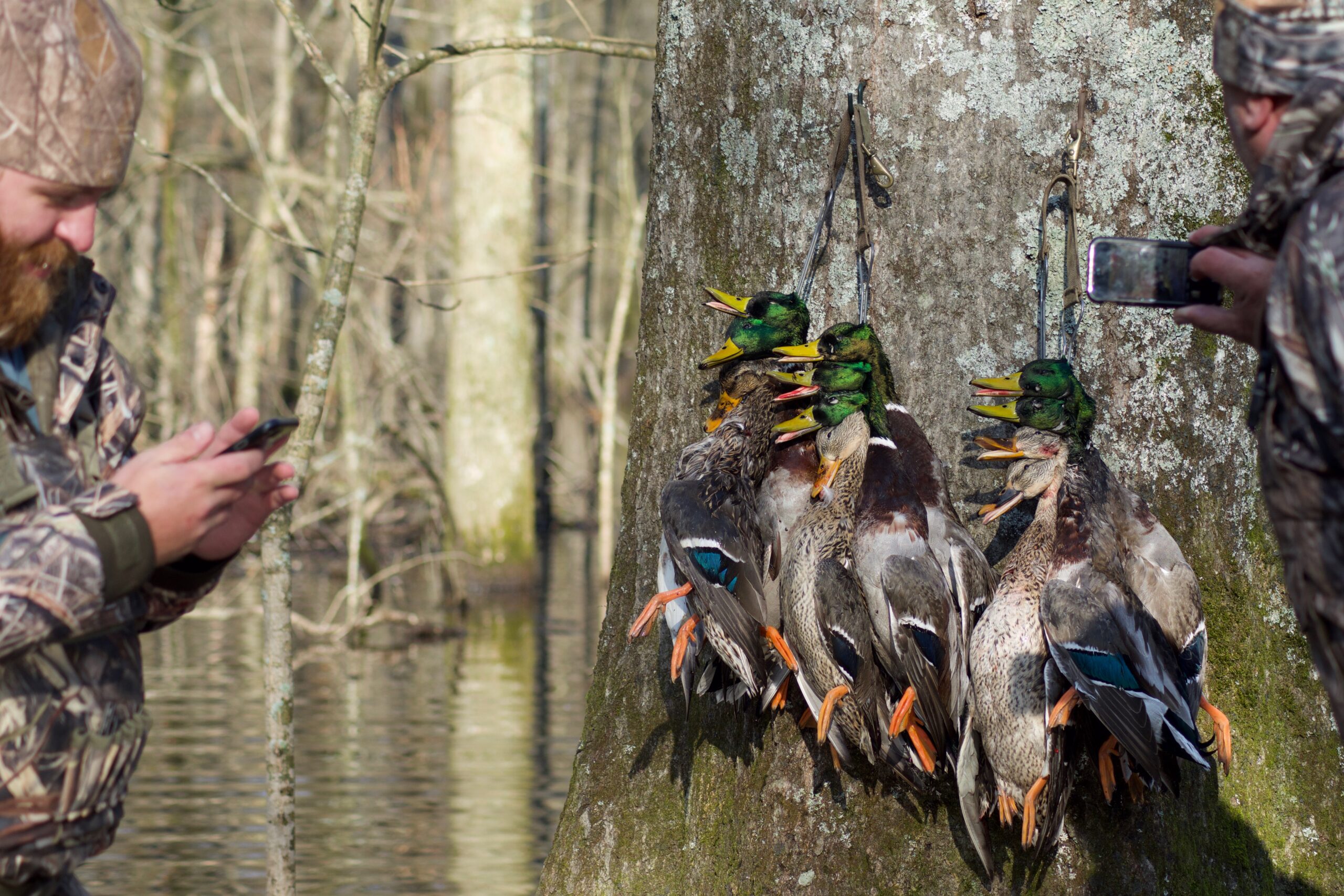
If you look at USFWS harvest data, there is a downward trend in the number of ducks and geese hunters kill each season. That certainly doesn’t prove that pressure is the root cause of fewer “good days” in the blind. But what it does show is ducks are becoming tougher to kill. You could argue that with less hunters and less access the harvest rate will continue to plummet, but that only strengthens my case: If there are fewer places to kill ducks then it makes sense to not hunt them as much so we don’t burn our duck holes as quickly. Habitat, the spring hatch, and weather also affect duck harvest rates, but we need to be just as cognizant of how many days we spend afield.
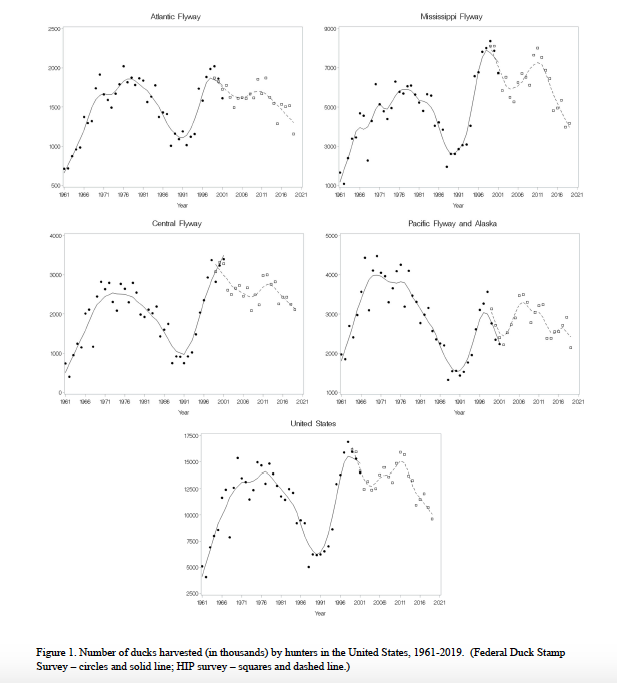
“I think some states and private duck clubs have done a good job of trying to manage pressure on ducks,” Devney said. “Not allowing hunting in the afternoons, not launching the boats until shooting time…these are things that can help minimize disturbance.”
If you go back and read about the market hunting days of waterfowl or ask your grandad about his hunting career, you will find that these folks did not hunt birds every day. They mostly hunted when the conditions gave them the best opportunities to be successful. This was particularly true for market hunters, who were making a living killing scores of ducks. They weren’t going to waste time on days they knew were not conducive to shooting big numbers of canvasbacks and other fowl the restaurants in big cities clamored for.
Many of today’s hardcore duck hunters don’t think that way. They want to kill them ALL.
“I think you have to look at how liberal our bag limits are too,” said Grant Doyle of Deception Decoys. “Some states are almost like Canada in terms of the number of birds hunters are allowed to kill. I just think there is too much obsession with wanting to always kill your limit. You can shoot a few ducks and still have a good hunt.”
Too many duck hunters are trying to be Phil Robertson, the late Tim Grounds, Fred Zink, and Tony Vandemore rolled up into one ultra duck-slaying bad ass. They see the pros killing birds on outdoor TV or social media. Then they see all the waterfowl brand partnerships that come along with being a hunting “celebrity” and think “hey, that could be me.” But what they don’t realize is those men have plenty of tough days too. They didn’t “make a pile” every day of the season, but the times that they did were because they picked the right mornings to hunt and properly managed the pressure on the ducks they were hunting.
These men made their livelihood glamorizing waterfowl hunting, so some of the fault lies with them and the brands that held them up as heros, but much more of it is rooted in the ego of those trying to emulate them. The flyways are overrun with guides trying to be the next Habitat Flats (which Vandemore co-owns), by running as many guns as they can through camp each fall without considering what that pressure will do to the resource.
The media (people like me) are responsible as well. Too often, we perpetuate a false narrative, only focusing on the killing of waterfowl and not the management of them. For almost a decade, I wrote for a waterfowl magazine that detailed the glory days of duck hunting 99.9 percent of the time. We had to keep the money machine running. Good duck hunting was good for business and that’s all we wrote about. We failed to make mention that it’s not all gun smoke and dead mallards.
Collectively, our worst offense has been writing about and revealing where duck hunters kill birds. Because once that happens, cherished duck venues are ruined forever. Too many folks show up with guns and decoys and pound on birds until they are gone.
Social media has also put more pressure on birds. Try and find a duck hunting YouTube video or Instagram post that isn’t all kill shots and death piles. Most mornings you’re lucky to shoot a couple wood ducks and a hen mallard, but on these platforms, everyone is somehow killing stacks of greenheads every day of the season. And in order to keep up with the Joneses, you better be out there doing your part to shoot a limit.
“I don’t think people understand how pressure-sensitive waterfowl are,” Foley said. “Why do you think birds stick to the refuge all day and then fly out at night to feed? They’ve been shot at. They know if I go into this bottom, I’m going to get shot. You can’t hunt them every day. Edgar Queeny, who founded Wingmead (which is a famous duck club north of the iconic flooded woods of Stuttgart, Arkansas), knew that. He let birds rest, and that’s what more waterfowl managers and hunters need to do.
“I know it’s a slippery slope when you start telling public hunters they can’t hunt every day. You might lose duck hunters and that impacts state revenues that fund habitat. But I think in the next five to 10 years you’re going to see a movement that’s focused on better pressure management.”
Read Next: Our Obsession with Greenheads Is Ruining Duck Hunting as We Know It
How Do We Fix It?
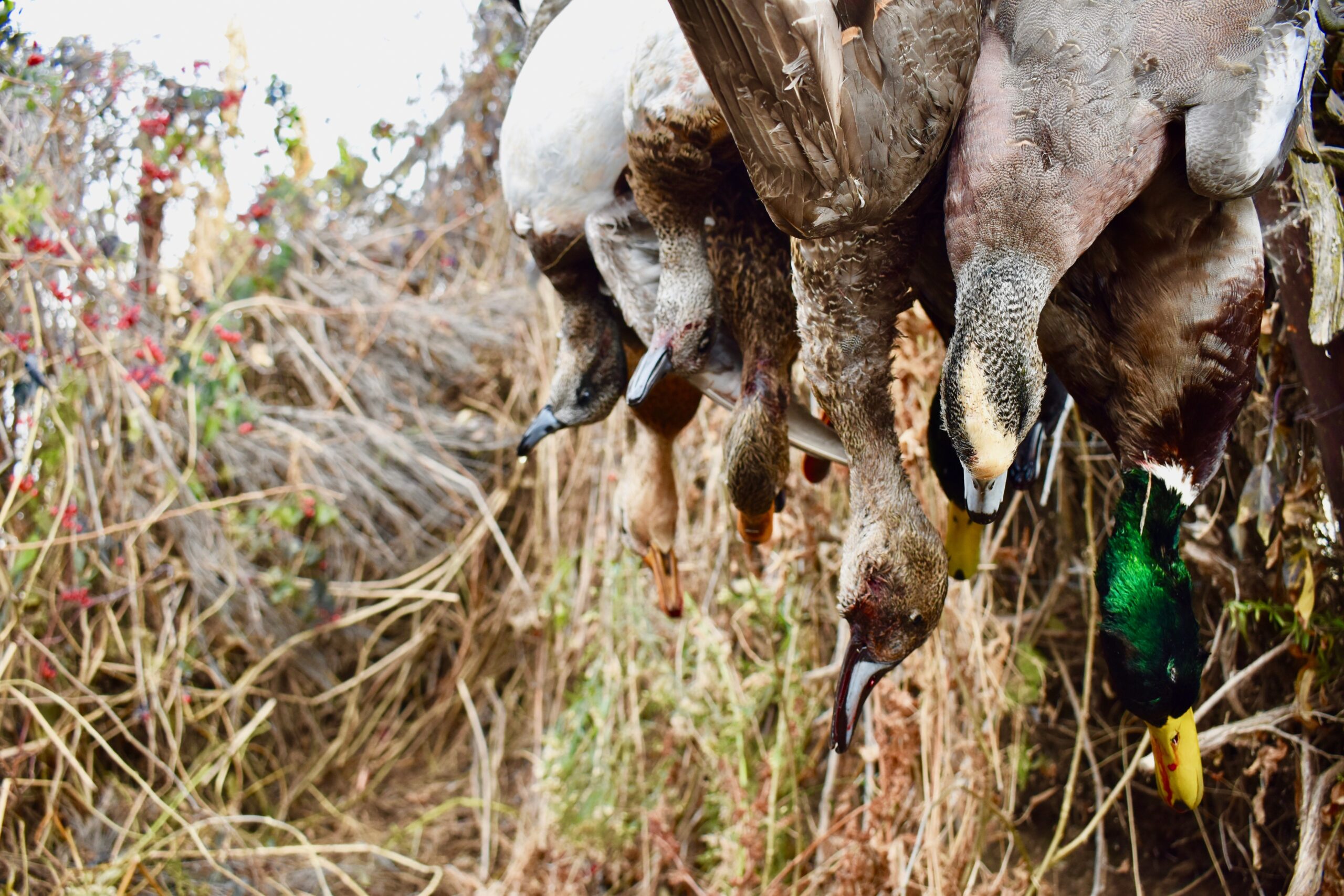
The simple answer to better duck hunting is to stop hunting birds so hard. If you hunt private land, it’s an easier task to accomplish. You have control and can hunt on the days that birds are most susceptible, and limit the number of hunters and mornings that you hunt, all of which will result in less pressure on ducks. That will be an easier pill to swallow for Central and Pacific flyway hunters, who have longer (75- and 107-day, respectively) seasons, than the Mississippi and Atlantic hunters, who get 60 days.
It’s also possible to develop wetlands that keep ducks happy and unaware that you are hunting nearby. The easiest ways to do that are by adding vertical structure to your impoundment and shooting a sub-gauge shotgun (most aren’t as loud as a 12-gauge). You can also create refuge areas for the ducks, places you never go into until maybe the last few days of the season.
“When I manage a new waterfowl property, I start pretty drastic, and tell my client to hunt once a week,” Foley said. “As you can imagine they don’t like that. They’re spending a lot of money to hunt ducks and I’m telling them they can’t. But I’ve found that if you start slow, and then divide your ponds with vertical plants that deafen noise, you can keep ducks content. And you can have more, better hunts.”
Public land is more difficult because there are more factors at play (namely, other hunters) that you cannot control. State wildlife agencies set the guidelines for much of the public hunting that goes on within their borders and also the season frameworks. And they need to implement more season splits to better manage hunting pressure. When the season reopens after a split—a pre-determined amount of time during the season waterfowl can’t be hunted—it’s often like a second opening day. Birds have been rested and are less wary of calls and decoys. Most states have at least one split, some two. Adding more shorter breaks in the season or implementing a system where hunters can only hunt a certain amount of days per week (Washington State does this with dark geese by only allowing hunting on Wednesday, Saturday, and Sunday) would go a long way to alleviating hunting pressure.
“It’s a known metric that duck harvest increases when you reopen (after a split),” Devney said. “You let ducks be for a few days, they’re easier to shoot.”
Public marshes that see high levels of hunter pressure should also pull back on the number of days they allow hunters. That won’t sit well with many public hunters, but the over-hunting of public areas is the main reason waterfowl has become such a privatized sport.
“Cheyenne Bottoms used to be one of the great public places to hunt ducks here,” said Drew Palmer, who grew up waterfowling and deer hunting the Flint Hills of Kansas. “It still has it’s good days, but it’s not like it once was. Stories started to get written about it and we began seeing more and more out-of-state license plates at the boat ramp. I don’t blame anyone for wanting to go on a good hunt, but the media coverage and everyone wanting to hunt public land all the sudden ruined the Bottoms. It brought too much pressure.”
Public hunters gripe that rich, private guys have all the ducks. But this problem is only exacerbated by ducks getting pounded on public tracts year after year. Of course those birds are going to find their way to privately-owned habitat that is better managed for pressure. If you want a resurgence in public-land waterfowl, you have to allow ducks to rest.
“People have to understand, that if you want to protect the resources, if you want good hunts, you have to give up something,” Foley said. “That’s as true on private ground as it is on public.”

